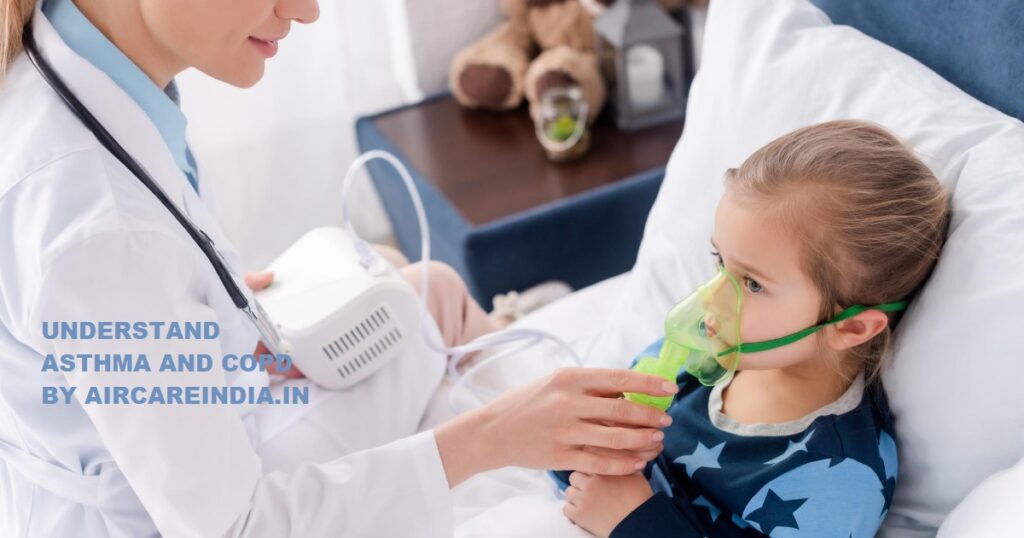Table Of Contents
Understanding Urban Children in India
Introduction In Indian cities, persistent coughing without fever is a common concern for many children.
Why are so many urban children experiencing coughs without signs of infection?
The answer often lies in the quality of the air they breathe indoors. As cities rapidly expand, the effects of urban living—polluted streets, overcrowded homes, and toxic household products—are taking a toll on children’s respiratory health. Indoor air pollution has emerged as a key contributor to these persistent coughs, and understanding the specific causes and solutions is essential for parents and caregivers.
The Science Behind the Problem:
Indoor Air Pollution Coughing without fever in children can often be traced to poor indoor air quality. Some of the primary pollutants found in urban homes include:
Particulate matter (PM2.5 and PM10): Tiny particles that can penetrate deep into the lungs, triggering coughs and inflammation.
Volatile organic compounds (VOCs): Emitted from common household items like cleaning products and paints, VOCs irritate the airways.
Dust mites, mold, and pet dander: These allergens thrive in poorly ventilated spaces, causing respiratory irritation.
How do these indoor pollutants worsen children’s respiratory health? Urban homes, often lacking proper ventilation, trap these harmful pollutants inside, where children breathe them in for prolonged periods. As children’s lungs are still developing, their vulnerability is heightened, leading to chronic respiratory problems like coughing. Over time, consistent exposure to these pollutants can even lead to long-term respiratory conditions like asthma.
Statistics on the Problem
Did you know indoor air pollution in Indian homes can be up to five times worse than outdoor pollution?
Urban homes, especially in cities like Delhi, Mumbai, and Kolkata, suffer from extremely high levels of particulate matter, far exceeding the recommended safe limits.
• 30% of urban children in India suffer from respiratory problems linked to indoor air pollution.
• According to the WHO, 93% of children globally breathe unsafe air, and this statistic is particularly concerning for densely populated Indian cities.
• A study in the “Indian Journal of Pediatrics” shows that 20-25% of pediatric hospital visits in urban areas are due to respiratory issues. Why is the air inside our homes more dangerous than the air outside? Factors like lack of ventilation, the use of biomass for cooking, and everyday pollutants contribute to worsening air quality indoors, creating an environment where children’s respiratory systems are constantly under attack.
Solutions to Improve Indoor Air Quality
So, how can you improve the air quality in your home and reduce your child’s exposure to harmful pollutants?
Here are some key solutions:
Ensure proper ventilation: Open windows and use exhaust fans to prevent pollutant buildup.
Switch to eco-friendly products: Avoid cleaning products and paints that emit VOCs.
Clean regularly: Dusting, vacuuming, and using air filters can reduce dust mites and allergens.
Use air purifiers: Invest in air purifiers with HEPA filters to trap harmful particles.
Promote houseplants: Plants like spider plants, aloe vera, and peace lilies naturally purify indoor air.
What simple changes can you make today to improve your child’s indoor environment? Creating awareness about indoor pollutants is critical. By taking these steps, you can help protect your child from chronic coughing and promote healthier living.
Conclusion
In conclusion, cough without fever is often a sign of poor indoor air quality in urban settings. Are you aware of the hidden dangers lurking inside your home? Improving indoor air quality through better ventilation, eco-friendly choices, and air purifiers can greatly reduce these health risks. By raising awareness and taking simple actions, parents can protect their children from the harmful effects of indoor pollutants and ensure a healthier environment for their families. Summery: Poor indoor air quality is often to blame, with pollutants like particulate matter and chemicals aggravating their lungs. Did you know indoor air pollution can be worse than outdoor air in Indian cities? Studies show that 30% of urban children suffer from respiratory issues due to these pollutants. Simple solutions include ensuring proper ventilation, using eco-friendly products, and investing in air purifiers.


